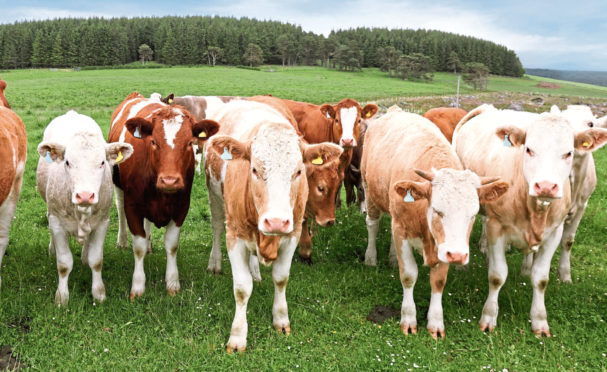The new £10 million capital grants scheme which was devised to help the industry fight climate change has come under criticism for being no more than a subsidised shopping list.
The Scottish Government’s Sustainable Agriculture Capital Grant Scheme (SACGS) was launched on Monday with a list of equipment farmers can be supported to purchase to help them “protect and improve the natural environment, reduce greenhouse gas emissions from farming operations, support sustainable farming and support sustainable land use” – but some leading producers say it is pointless without any measurable outcomes.
Robert Fleming, an award-winning beef farmer from Glenluce, and a member of the Scottish Government’s Simplification Taskforce, commented on Twitter: “When you think that finally some progress has been made and that the agricultural industry has been given a leg up to trigger real change, then you read the detail of the (SACGS) scheme. What a waste of taxpayers’ money!”
He quotes examples such as a grant for a floating slurry cover which has “no eligibility criteria that states you have to use low emission spreading” or a foot-trimming crate “but no binding criteria that you must cull that offending animal/s within a set time period”.
Laurencekirk producer Ross Mitchell wrote: “Had an opportunity to really kickstart regenerative agricultural practices but instead chose to give a shopping list for all.”
Other farmers commented that government schemes should be devised to reward action not “subsidise under-investment”, and the items on the list should be financed by businesses themselves.
Responding to the criticism, a Scottish Government spokesperson said: “We know that this pilot scheme as currently designed will not reach all farmers and sectors and that some will be disappointed by that. But the items that can be applied for through the SACGS have been selected for their potential to contribute to reducing greenhouse gas emissions as well supporting sustainable farming.
“As this is a pilot scheme we will carry out monitoring to assess the effectiveness of the scheme, asking farmers and crofters for their views on the schemes effectiveness – this will take account of cost and the estimated impact on greenhouse gas emission reductions.
“The feedback from farmers and the results from the monitoring will allow us to shape future policy and support mechanisms.”










